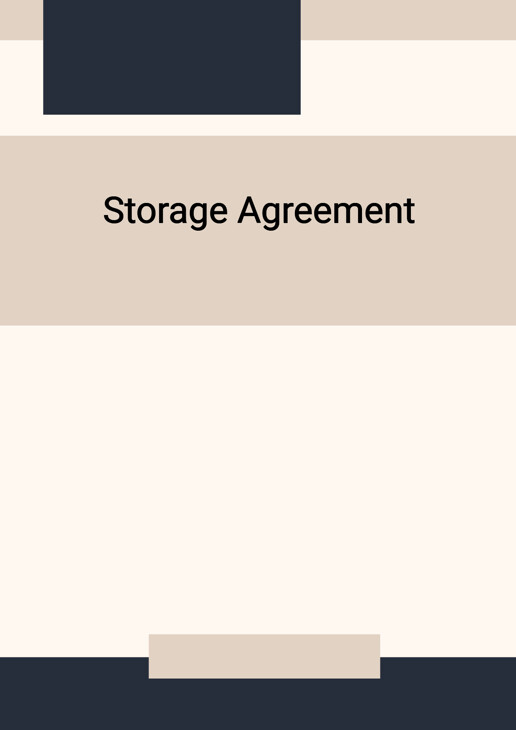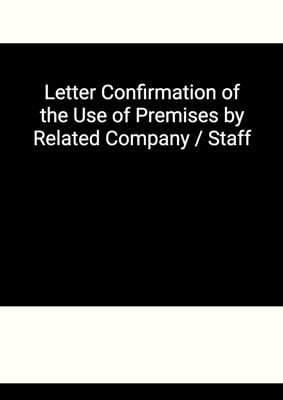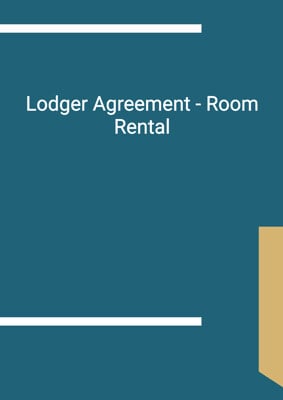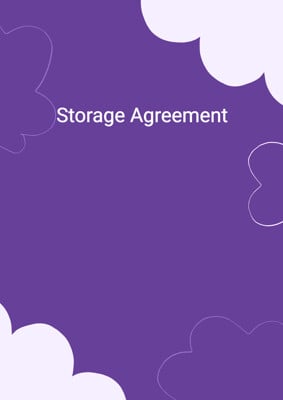How to Tailor the Document for Your Need?
01
Create Document
Fill in the details of the parties. You can click the "Fill with Member’s Information" button to complete it with information saved to your account.
02
Fill Information
Please fill in any additional information by following the step-by-step guide on the left hand side of the preview document and click the "Next" button.
03
Get Document
When you are done, click the "Get Document" button and you can download the document in Word or PDF format.
04
Review Document
Please get all parties to review the document carefully and make any final modifications to ensure that the details are correct before signing the document.
Document Preview
Document Description
The Storage Agreement is a legally binding document that outlines the terms and conditions for the use of storage space. It is important as it establishes the rights and responsibilities of both the licensor and the licensee. The document begins with a detailed introduction, highlighting the importance of the agreement. It then proceeds to provide a comprehensive overview of the entire document, including each section and its significance.
The agreement starts with a section on the license, which grants the licensee permission to use the allocated space for storing goods. It specifies the duration of the license and describes the space in detail. The licensee is prohibited from storing certain items, and the licensor has the right to update the list of prohibited goods with prior notice.
The next section covers the license fee, which is the rent payable by the licensee. It explains the payment terms and the consequences of non-payment. The licensee is required to pay a deposit, which may be forfeited in certain circumstances. The licensor also has the right to retain part of the deposit as compensation for any breaches of the agreement.
The document then addresses the risk and insurance of the stored goods, stating that the licensee is responsible for obtaining suitable insurance coverage. It outlines the responsibilities of both the licensor and the licensee, including prompt payment of fees, keeping the space clean and tidy, and not using the space for illegal or immoral purposes.
The agreement also includes provisions for termination, stating the conditions under which the licensor can terminate the license. It specifies the obligations of the licensee upon termination, such as returning the keys and removing all goods from the space. The document clarifies that the license is not a lease and cannot be assigned or shared.
Finally, the agreement contains miscellaneous provisions, including the entire agreement clause, waiver of breach, data protection, and liability disclaimers. It also addresses the issue of government notices, demolition or reinstatement of the premises, and the absence of rights for third parties. The document is governed by the laws of the applicable jurisdiction, and any disputes are subject to the exclusive jurisdiction of the courts.
In summary, the Storage Agreement is a comprehensive document that outlines the rights and responsibilities of both the licensor and the licensee. It covers various aspects such as the license, fees, prohibited items, termination, and liability. It is essential for both parties to understand and adhere to the terms and conditions outlined in the agreement.
How to use this document?
To use the Storage Agreement effectively, follow these steps:
1. Provide information: Enter the names and addresses of both the licensor and the licensee in the agreement. This ensures that both parties are clearly identified.
2. Specify the space and duration: Describe the allocated space in detail and specify the duration of the license. This ensures that both parties are aware of the storage arrangements.
3. Prohibit certain items: Clearly state the items that are not allowed to be stored in the space. This helps to prevent any potential hazards or legal issues.
4. Determine the license fee: Agree on the rent amount and the payment schedule. This ensures that both parties are aware of the financial obligations.
5. Pay the deposit: The licensee should make the required deposit within the specified timeframe. Failure to do so may result in the termination of the license.
6. Obtain insurance: The licensee is responsible for obtaining suitable insurance coverage for the stored goods. This helps to protect against any potential loss or damage.
7. Fulfill responsibilities: Both the licensor and the licensee should fulfill their respective responsibilities, such as prompt payment of fees, keeping the space clean, and not using it for illegal purposes.
8. Termination: Understand the conditions under which the licensor can terminate the license. If the license is terminated, the licensee must return the keys and remove all goods from the space.
9. Comply with legal requirements: Ensure compliance with any applicable government notices or regulations regarding the use of the premises.
10. Seek legal advice if needed: If there are any uncertainties or disputes, it is advisable to seek legal advice to ensure proper understanding and resolution.
By following these steps, both the licensor and the licensee can effectively use the Storage Agreement and avoid any potential issues or misunderstandings.
Not the right document?
Don’t worry, we have thousands of documents for you to choose from:














